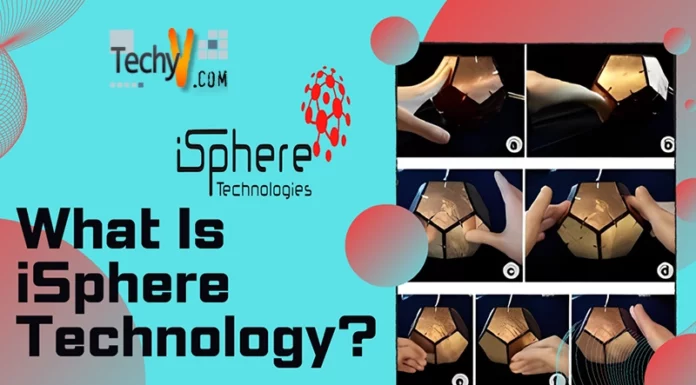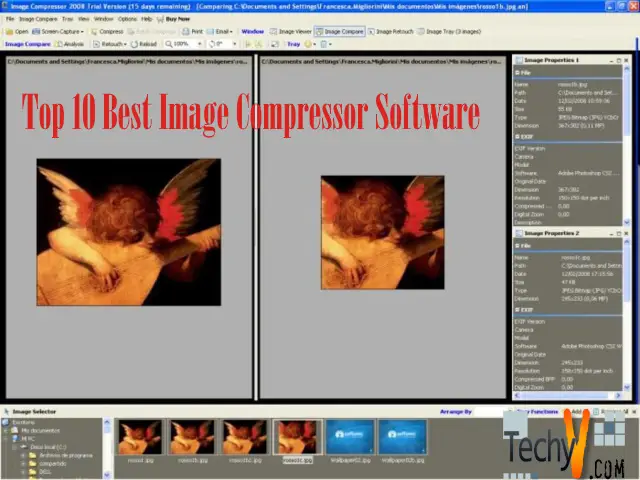One ad hoc network that supports wireless mobile communication is called Manet. The nodes in this decentralized network are free to roam between networks, which leads to frequent position changes. Additionally, these nodes possess self-forming and self-directing capabilities to build the network independently of a centralized controller.
1. NS2
The goal of the Ns discrete event simulator is to support networking research. Ns provides a wide range of features for the simulation of TCP, routing, and multicast protocols over wired and wireless. The two primary languages used in NS2 are Object-oriented Tool Command Language and C++ (OTcl). The simulation is set up in OTcl by assembling the components, modifying them, and scheduling discrete events, even though the core mechanism (i.e., backend) of the simulation objects is written in C++. Finally, the OTcl and C++ are linked using TclCL.
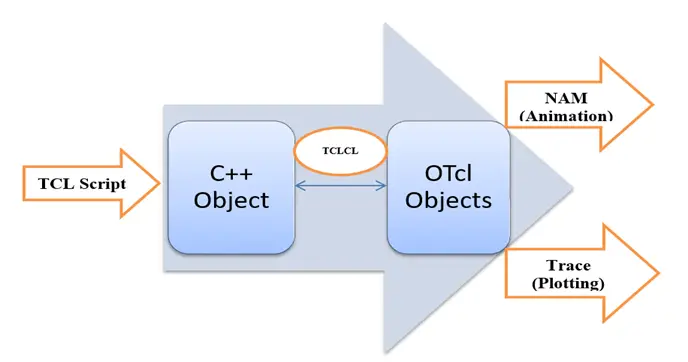
2. Opnet
A tool for simulating the behavior and functionality of any network is the OPNET Network Simulator. Opnet Network Simulator stands out from other simulators primarily because of its strength and adaptability. Pre-built models of protocols and gadgets are available from IT Guru. You can design and simulate various network topologies with it. The list of devices and protocols is fixed; neither new protocols nor changes to the operation of current ones are possible.
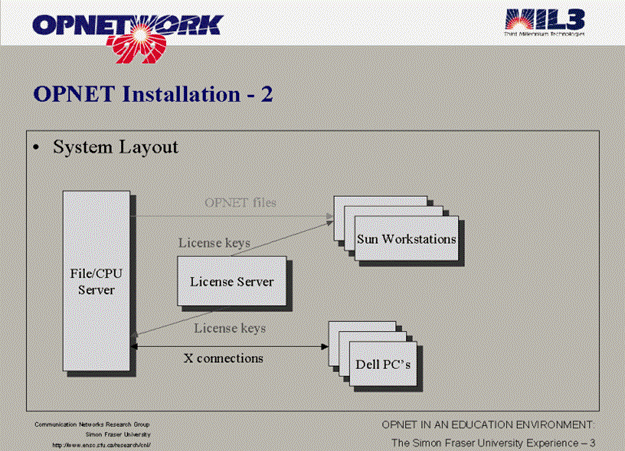
3. NS3
A discrete-event network simulator for Internet systems called ns-3 is primarily intended for scholarly and instructive purposes. The GNU GPLv2 license governs the free and open-source software known as ns-3, which is maintained by a global community.
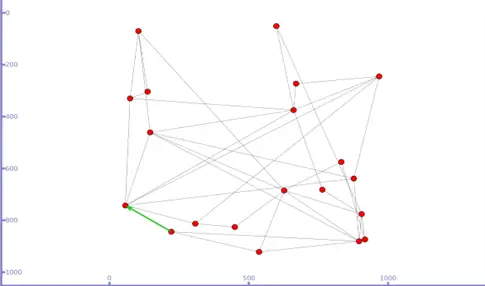
4. Glomosim
A network protocol simulation program called Global Mobile Information System Simulator (GloMoSim) mimics both wireless and wired network architectures. The parallel programming language Parsec’s discrete event parallel simulation feature was used to create GloMoSim. At this time, GloMoSim supports only wireless network protocols. The simulation protocols are compiled using the Parsec compiler.
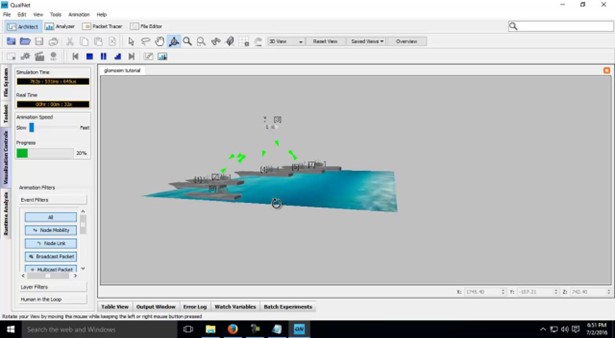
5. Netsim
Netsim is a simulator game focused on security that aims to teach you the fundamentals of computer networks. Using our simulator, you may practice attacks that actual hackers employ and see how they operate.
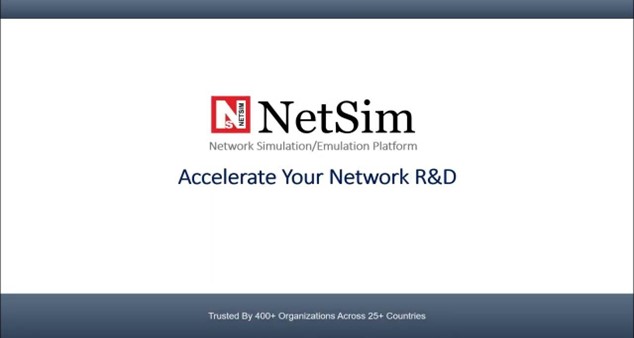
6. GNS3
A network software emulator called Graphical Network Simulator-3 (abbreviated as GNS3) was initially made available in 2008. Simulating complicated networks enables the blending of real and virtual components. It mimics Cisco using emulation software called Dynamips, while Exxon, Walmart, AT&T, NASA, and other significant corporations utilize GNS3, which is also well-liked for preparing for network expert certification examinations.
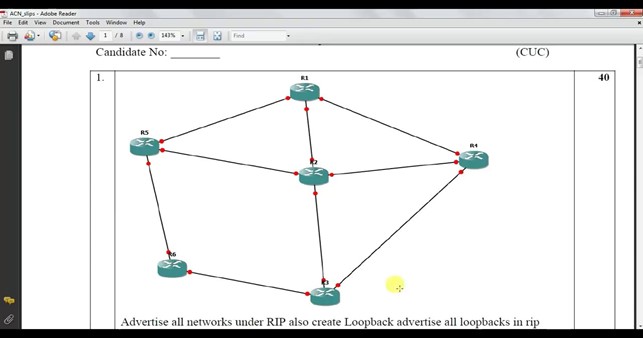
7. Qualnet 5.0
For extensive, heterogeneous networks and the distributed applications that run on them, QualNet is a cutting-edge simulator. Users can: Create new protocols and models and Improve both new and old models. Using pre-configured or user-designed models, create massive wired and wireless networks. Examine network performance and use what-if analysis to make improvements. Other characteristics include a complete set of wired and wireless network devices and protocol models that are effective for simulating various network types. QualNet processes equivalent situations 5–10 times faster than commercial solutions on a single processor thanks to its speed and scalability optimizations.
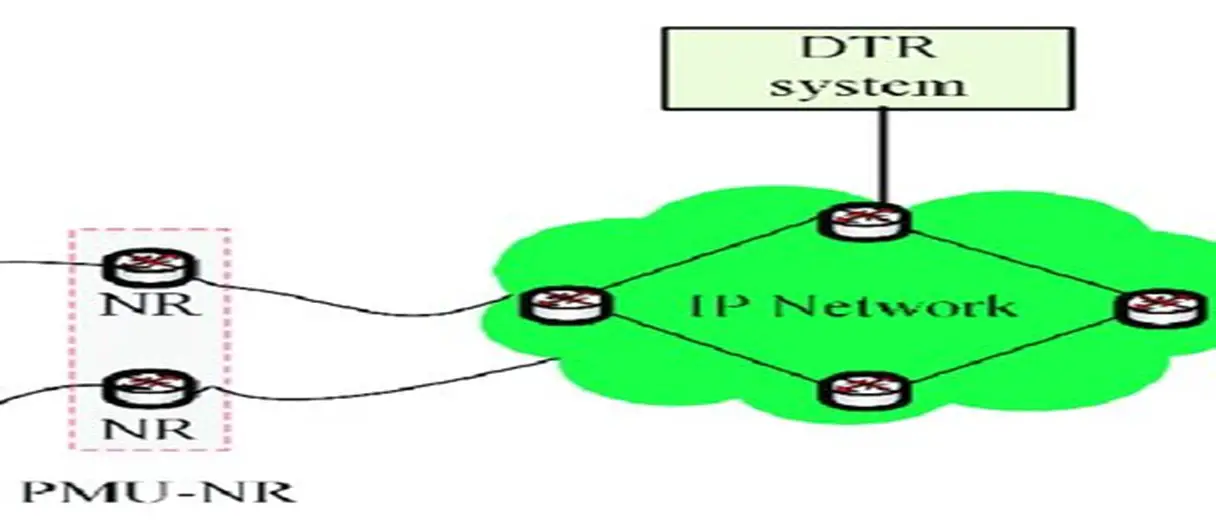
8. JiST
The JiST platform, a general-purpose discrete event simulation engine, is the foundation for SWANS, a Scalable Wireless Ad hoc Network Simulator. SWANS was developed primarily due to the inadequacy of the present wireless network simulation tools and is also used to support the use of virtual machines in simulator development.
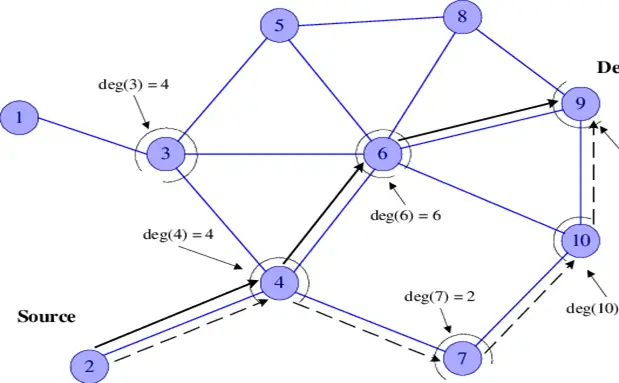
9. JSIM
A simulation and animation environment for Java that supports web-based simulation is called JSIM. A quickly developing field of simulation study and development is web-based simulation. Both the event package (Event-Scheduling Paradigm) and the process package can be used to create simulation models in JSIM (Process-Interaction Paradigm). In addition, process models can be quickly created graphically with the help of a graphical designer (model package). The Query Driven Simulation (eds) package, currently under development, manages the storing, retrieving, and running simulation models as Java Beans and uses JDBC to connect to databases. It keeps track of both model inputs and outputs. The three foundational packages in JSIM are queue, statistic, and variate.

10. Akaroa-2 Suite
Akaroa, a well-known simulation program that also uses simulation campaigns, is a component of Omnet++. The software leverages several parallel replications to accelerate quantitative stochastic simulation (MRIP).





